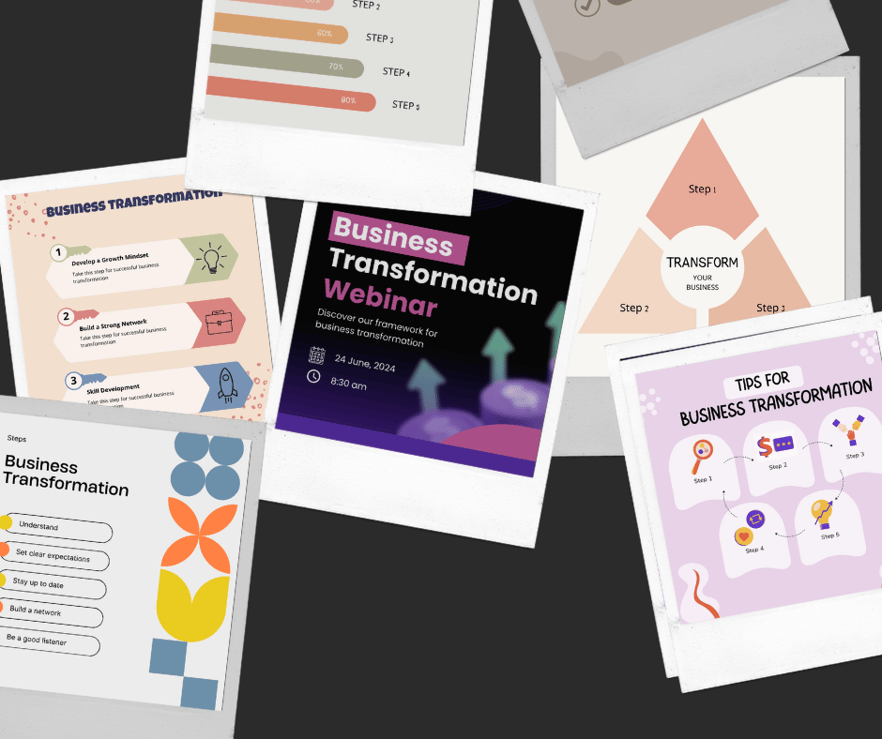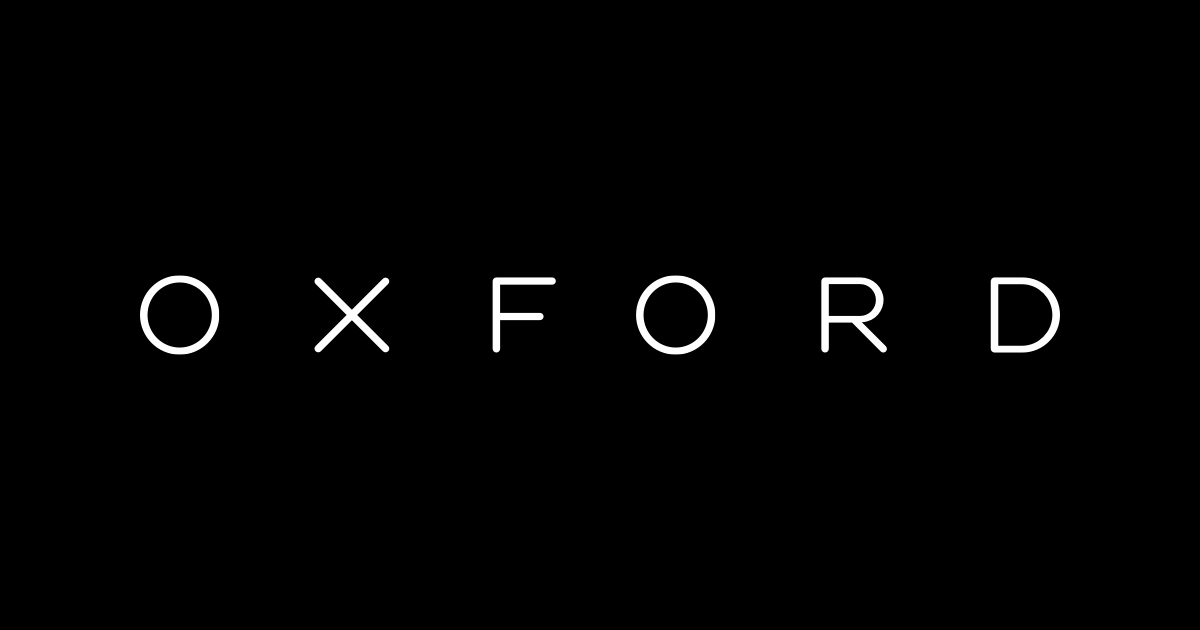Is Business Transformation Just Business As Usual?
Is there any business that isn’t transforming in some way, right now?
In the latest EY CEO Outlook Pulse, 98% of CEOs expect a moderate or severe downturn in the global economy, with 55% predicting that the recession will be different from previous slowdowns, buffeted by a whole new set of forces (geopolitical, supply chain, talent, ongoing pandemic uncertainty….)
McKinsey & Company analysis estimates that the average lifespan of an S&P 500 company has dropped from 61 years in 1958 to less than 18 today, driven by M&A, bankruptcy (and name changes).
Who would choose to be a CEO in these turbulent times? Actually, quite a few people – the Spencer Stuart 2022 S&P 500 CEO Transitions tracker showed that 56 S&P 500 companies appointed a new chief executive in 2022, bringing transitions back in line with pre-pandemic levels.
That’s a lot of transformation.
But what differentiates business transformation from just regular old strategy?
The key thing that differentiates business transformation is scale.
- Big, bold ambitions to drive breakthrough, not incremental value
- Programs to drive the top and bottom line, through new ways to reach and serve customers and/or drive organizational efficiency
- Initiatives to completely disrupt the way the organization – or the industry – does business
(We’re going to discount digital and technology here, as they’ve become an integral part of any transformation).
Reading ten different articles on business transformation is likely to give you ten different models. From the 7S model, to the 8 step change model, to ADKAR, to a Balanced Scorecard and everything in between. These out of the box models promise to deliver frameworks designed to help organizations plan and implement changes to make widespread improvements. The challenge with implementing a model like this is that of course, there is really no one-size-fits-all model for an individual business. It's an ideal and it would be nice if it worked that way, but these step-by-step approaches overlaid onto businesses don't often work. We believe that successful business transformation must bring together the best of two things: behavior change and systems thinking.

How do we know (apart from intuitively) that people are the key?
McKinsey and Company analysis shows that there is a tipping point of around 7% of workforce involvement. Transformations with 7% (or more) of the workforce owning the change are 2x as likely to beat their peers in total return to shareholders (TSR). But this is the minimum – the more people are involved, the better the results (we’d draw the line at early involvement of resistors though).
But it’s not just about choosing a random 7% (or more). Identifying change agents is the key. These are the people who are respected and listened to in a team. They may not be who you think they are – less middle managers, more the person everyone wants to have a beer with. Having a range of change agents also drives diverse, whole brain thinking.
To identify change agents, you’ve got keep your eyes open and your ears to the ground. Who are the people who show up to workshops or townhalls and ask questions? Who's willing to contribute to the discussion? Who are your hand raisers? These are the people who have the potential to become change agents (regardless of seniority). You also have to really get to know them – from asking questions you might not want to hear the answer to and offering an open and trustworthy dialogue you’ll get to know their position on how it is now, and how it could be. Sharing and understanding pain points means that we can discover what’s holding the organisation back from change. These conversations are vital to uncovering the people who are going to become our change agents; the right people to be connected with to deliver the best outcome possible. And finding these people is step one. Once you’ve got them, you’ve got to change them too.
Changing the change agents
So now that you’ve found them….how will you drive change, so that it becomes contagious and really transforms the organization?
We collaborate with this group and connect them together but also look at them as individuals and have a framework to understand what motivates them to change. We think of four key phases (need, get, do, live):
I will change if...
Need |
|
I understand why change is needed, it makes sense to me and is relevant |
Get |
|
I understand what’s being asked of me and what I need to do differently |
Do |
|
I see other people (peers, leaders) behaving differently |
Live |
|
The structures, processes, systems and relationships around me support the change |
Think about how to get change agents on board along the journey. Do they have total clarity on what’s being asked of them? Do they have total belief in what you’re trying to do? We’re talking about winning the hearts and minds of individuals who have that contagious level of influence in an organisation that you can’t force. So they have to be all in. Then, with them, co-create solutions for each of Need/Get/Do/Live that work for the organization, based on a deep understanding of the people within it...their motivations, triggers and barriers. Don't try to do this without the Change Agents, it's likely that not only will you get this wrong, but that they might resist the change.
EXAMPLE
Lars Roos, Director of Digital Operations at the LEGO Group spoke at World Agility Forum September 23–24 2022 about how, having turned the business around by through digitization, LEGO wanted to pivot to an “engagement” platform with greater flexibility and scalability. To do this, the IT team created a new way of working, using agile methodologies, rooted in software development - but broadened to include LEGO’s timeless bricks. The First Change Agents
|
Key takeaway
Regardless of the type of transformation, be sure to put people at the center of your program – because nothing changes unless people change.
About the author
Lisa Davies is a member of Oxford’s leadership team. She specialises in helping organisations to build high performing teams that deliver business results and encourage individuals to maximise their potential.
Want to learn more about business transformation?

Share this
You May Also Like
These Related Stories

Worms & crocodiles vs. “business transformation”

Digital Transformation in Healthcare: How it Works

.png?width=657&height=57&name=OXFORD%20LOGO%20(1).png)
No Comments Yet
Let us know what you think